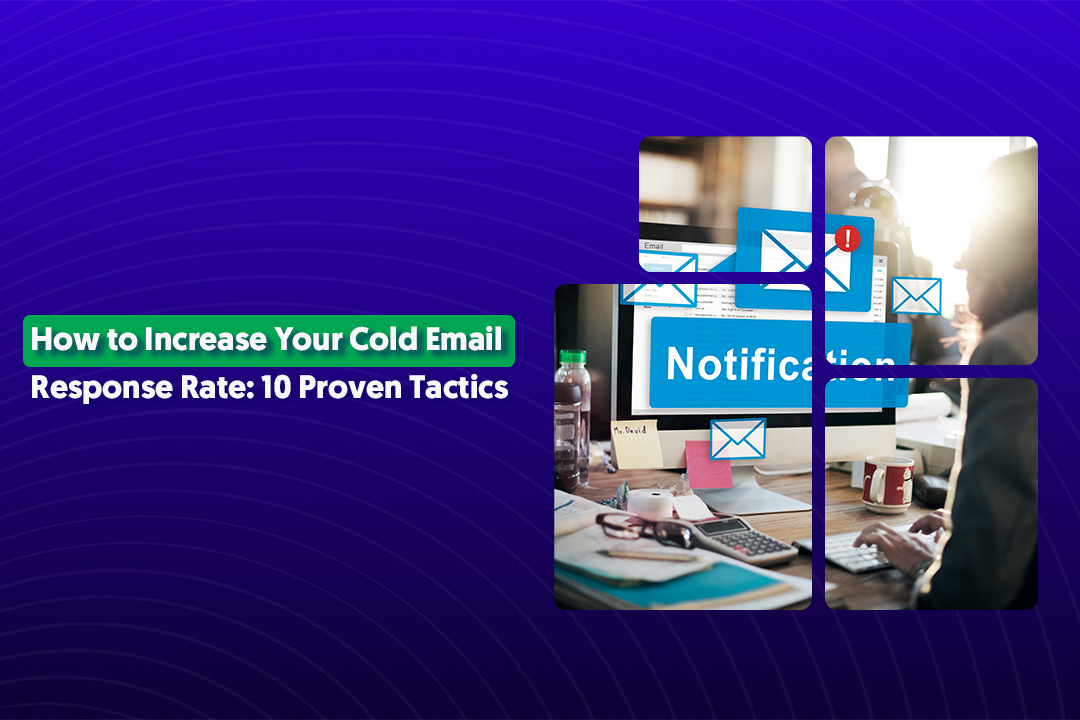No one looks forward to receiving a completely random connection request on LinkedIn. Yet, many businesses send out impersonal messages on the platform every day — but often to no avail.
On the other hand, by putting in the effort to craft meaningful and powerful messages, you can create quality connections with the potential to become long-term business relationships.

Best Practices: How to Message on LinkedIn
To improve your outreach efforts on LinkedIn, add personalization and meaning to your messages. Research your target prospect by reviewing their LinkedIn profile for their work experience, skills, and interests so that you can tailor your message with these things in mind.
Once you have some intel, you are ready to write your LinkedIn message.
As discussed above, it should be individualized enough to build a rapport with your prospect. It should also succinctly state the reason for your connection request and your business purpose.
Personalization
Make your LinkedIn message more personal by using your research to customize it for the individual you're messaging. Instead of using a generic greeting, address your prospect by name and mention something about them that you learned.
The effort you put into researching and learning about them will allow your prospect to feel important, which will make them more inclined to connect.
Here’s an example:

To add even more personal detail, you can give your prospect a compliment. Make sure it is specific and relevant to their profile and, most importantly, genuine. For example:

Clear Business Purpose
Building a genuine relationship on LinkedIn requires openness and clear communication. While you don't need to jump straight into a pitch or overwhelm a new contact with undue information, it's a good idea to share your reason for reaching out.
See the following example of a clearly stated purpose:

Another approach is to connect with the prospect on common ground. Find a shared interest as this adds authenticity to your purpose.

Whatever method you use, always be clear about your intent. Capture your prospect’s attention as soon as possible and prime them for the purpose of your connection.
Often, people create messages that contain so much information that the prospect gets lost in the weeds. Instead, cut through the noise by making a joke or saying something unique that your prospect hasn’t likely heard or seen before.
After grabbing their attention, you can briefly state your purpose.
While relaying the intent of your message, you should also offer value whenever possible. Prospects are more likely to connect if they will get something out of it.
You can offer value by solving a problem or providing information with no strings attached. Present an offer they can't resist, ensuring that the prospect has every reason to move forward with the connection you’re seeking.

In addition to keeping your message concise — to about 50 to 100 words in length — avoid certain words and phrases so that you don’t turn off your prospect before you’ve had a chance to pitch them.
For example, refrain from apologizing for messaging them, avoid jargon at all costs, and don't use phrases that are too wordy. These mistakes will make your prospect lose sight of the value your connection can bring.
Follow-Up LinkedIn Messages After Connecting
Though definitely a win, making a LinkedIn connection with your prospect doesn't mean the end of your strategy.
Continue building a relationship with your connection until they turn into a lead. Otherwise, you run the risk of becoming one of many connections that never go anywhere.
Some experts recommend a slow-burn approach when connecting with potential leads, proposing that you don’t pitch in the initial message but focus on setting the foundation of the relationship.
They also suggest you don't force your entire spiel at the outset. Instead, start by asking relevant questions or piquing interest through topical and useful information — all the while keeping your messages short and conversational.
If used correctly, these strategies can assist with pre-qualifying your prospect as a genuine lead. What’s more, building a relationship cultivates trust, and if a prospect trusts you, they are more likely to do business with you.
Lastly, continue to offer value to your prospect whenever relevant. This is another important part of building rapport. Here's an excellent example of a connection follow-up message:

Drafting the perfect LinkedIn message doesn’t need to be complicated. As long as you compose a message with a compelling mix of personalization and purpose, you’ll captivate your prospects and make impactful connections.
Once you’ve connected, continue writing customized messages and directly communicating your intent. Before you know it, you'll have built lasting relationships and generated strong leads.
It’s also important to recognize when it's necessary to slow things down or stop communication altogether. The latter doesn’t indicate failure — instead, it shows good judgment and allows you the opportunity to focus on more promising leads.
One of the best ways to build your skillset is to learn and practice different messaging techniques. At Cleverly, we’ve created a course that teaches how to launch successful LinkedIn automated outreach.
The masterclass curriculum includes lessons on how to make a prospect list, write effective messages, and use automation to scale. Follow this link for more information.





